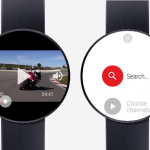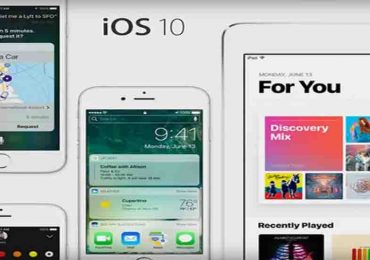In spite of occasional catastrophic Internet-wide security vulnerabilities, consumers are now at the point where it is increasingly futile to try to avoid financial transactions online. While it is no secret that the Web is a bit of a mess in terms of security, it is also unquestionable that conducting financial transactions online is incredibly convenient. The Philippines, as an emerging economy, has showed a remarkable growth in number of Filipino consumers opting to do shopping and even banking online.
A survey released by McKinsey and Co. in March this year reveals a significant increase in the use of digital banking channels, consists of Internet and smartphone, in emerging economies in Asia, including the Philippines. Nielsen’s 2012 survey also shows that Filipinos are the most active online shoppers in the Asia Pacific region.
With all the news about massive data breaches in the biggest retail chains and the ever-present risk of online fraud, Kaspersky Lab shares security tips to safely transfer money online.
The first step is to ensure that your computer or mobile device is secure before you even worry about the transaction itself. Make sure the operating system and any software or applications on your device that may be involved in the financial transaction are up-to-date.
Secondly, make sure you are running a solid anti-virus program, on both your mobile device and your traditional computer. Running an anti-virus will ensure that you are keeping malware that could be designed to steal personal payment information off the device you are about to move money with.
Kaspersky Internet Security – Multi-Device protects PC, Mac and Android protection with a single license. This multi-device security program safeguards your money, privacy and digital identity while it adds extra security for online banking and shopping.
Never perform a transfer on a machine that you don’t control. Work machines are fine if you are the only person that uses them. Don’t transfer money on communal work machines, public computers, or on your friends’ devices. After securing your own device, make sure that the websites you are interacting with are secure as well.
The first step is to avoid sketchy money transfer services. It is important to do a bit of research to filter out trustworthy against bogus money transfer services.
After that, make sure it offers strong encryption. Look at the address bar and make sure you see the padlock and ‘HTTPS,’ because you want to make sure you are transmitting any information over an encrypted channel. It is also important to use a strong, long, and unique password with a mixture of letters, numbers, symbols, spaces, and uppercases. You can test the strength of your financial accounts’ passwords through Kaspersky Lab’s Password Check software. This unique password checker can tell if cybercriminals can guess your password in seconds or in hundreds of centuries.
Consumers should also implement some form of two-factor authentication on the site that they are using. This way, you can confirm any logins using an SMS or email-based security code. It raises the barrier of entry into your account, and it also lets you know if someone is trying to access your account.
Lastly, use some sort of transaction guarantor, like a Verified-By-Visa or 3D Secure, which will require another one-time password from you before the transaction can push through.
If you follow all these steps and keep an eye on your bank account or credit card balance, then you should be safe.












